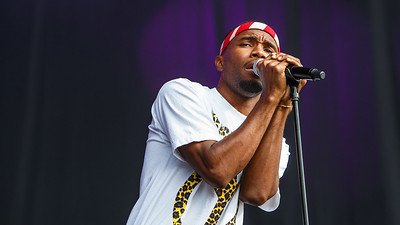Every year on March 17, Saint Patrick’s Day is celebrated. However, what is this holiday truly about? Who was this St. Patrick?
Maewyn Succat or St. Patrick was a missionary during the 5th century and was responsible for bringing Christianity to Ireland. Patrick, who was originally from Britain, knew Pagan beliefs and traditions very well due to his enslavement to Ireland when he was 16. He incorporated nature-oriented rituals into some church practices. One of these rituals was lighting a bonfire to celebrate the start of Easter. Another practice was the usage of the sun in crosses, which would create what is now known as the Celtic cross. The incorporation of Pagan beliefs into church practices is one of the reasons why Christianity spread quite quickly throughout Ireland.
Additionally, one legend that surrounds Patrick is the banishment of snakes from Ireland. It is believed that Patrick stood on top of a hill with a stick and banished all the snakes. This legend is considered to be a metaphor for the eradication of Pagan ideologies. It is also believed that Patrick introduced and taught about the holy trinity with the three-leaf clover.
Due to his highly influential missionary work and the legends that surround him, he was named a Patron Saint of Ireland. It is believed that Patrick died on March 17. So, to celebrate his work, feasts were held annually on March 17, and continue to this day.
St. Patrick’s Day wouldn’t be what it is today without the help of Irish Immigrants in the United States who were able to transform it into a giant celebration of Irish culture. Irish Immigrants also created the tradition of eating corned beef. Corned beef substituted what is traditionally eaten on St. Patrick’s Day, Irish bacon because it was significantly cheaper. Cabbage, however, was and still is a popular Irish vegetable.
Another tradition that celebrates Irish culture is the usage of green. During the 18th century when Ireland was under British rule, Irish people would wear green as a symbol of rebellion and nationalism. In addition to green, the Irish would also wear shamrocks on their lapels as a symbol of pride towards their heritage, and resistance against British rule. Interestingly though, blue was originally associated with St. Patrick, not green. This is because George III, the King of Great Britain, created a new order of chivalry for the Kingdom of Ireland. It has a light shade of blue called St. Patrick’s Blue.
Finally, the most iconic tradition is the leprechaun. In Celtic folktales, leprechauns are cranky souls who are responsible for mending the shoes of other fairies. The original name of the leprechaun was “lobaircin” which means “small-bodied fellow”. Though leprechauns have their own special holiday on May 13, they are highly celebrated on St. Patrick’s Day, for many people dress up as leprechauns.
St. Patricks Day has been celebrated for many years, and is now celebrated as a way to honor and celebrate Irish culture. Don’t be scared to join in on the fun traditions and festivities.









